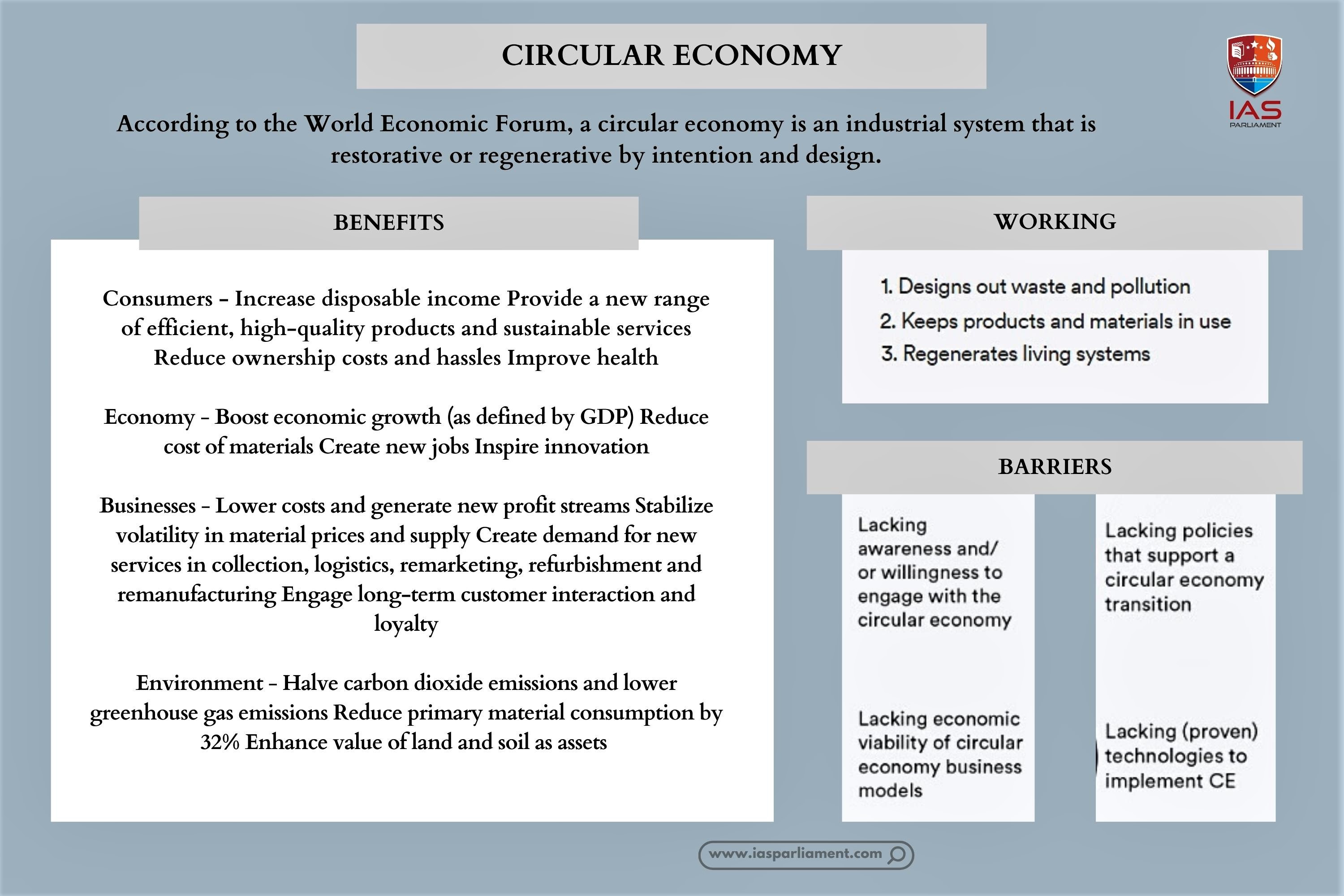900 319 0030
enquiry@shankarias.in
The COP27 meet brought to fore a circular economy’s relevance in mitigating carbon emissions by ensuring responsible consumption and sustainable resource management.

 What are the challenges?
What are the challenges?
References